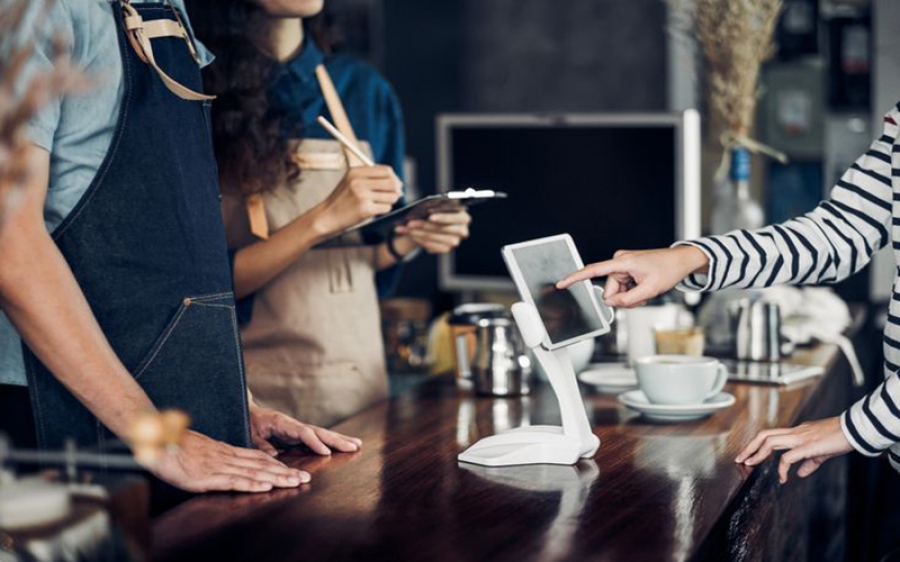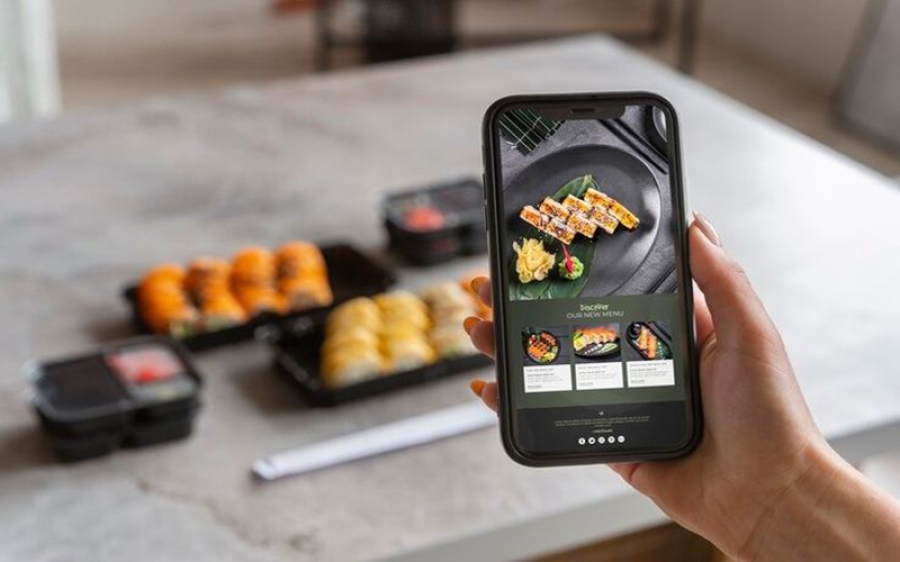Harnessing QR Codes in the Food Industry
In today's digital age, technology is revolutionizing every aspect of our lives, including how we interact with the food we eat. One such technological innovation that is making waves in the food industry is the QR code. These small, square barcodes are not just for scanning anymore – they're transforming the way consumers engage with food packaging. Let's explore how QR codes are reshaping the food industry and empowering consumers to make informed choices.
What is a Food QR Code?
A food QR code is a special type of barcode that contains detailed information about a food product. When scanned using a smartphone or tablet, it provides consumers with access to a wealth of information, including the product's origins, ingredients, nutritional content, allergen warnings, and more. Essentially, it acts as a window into the product's journey from farm to table, helping brands become more transparent and trustworthy in the eyes of consumers.
Why are QR Codes Important in the Food Industry
QR codes serve multiple purposes in the food industry, but their primary function is to provide transparency and enable informed decision-making. By scanning a QR code on food packaging, consumers can quickly access essential information about the product, allowing them to assess its suitability based on their dietary preferences, health concerns, and ethical considerations. This transparency builds trust between brands and consumers, fostering loyalty and confidence in the products they purchase.
How to Use QR Codes on Food Packaging:
1. Detailed Product Information: QR codes can be used to share comprehensive details about a food product, including its ingredients, nutritional value, sourcing practices, and production methods. This information helps consumers make educated choices about the foods they buy and consume.
2. Allergen Warnings: For individuals with food allergies or intolerances, QR codes can provide vital allergen warnings and ingredient lists, ensuring they can safely enjoy the product without risking their health.
3. Farm-to-Table Traceability: QR codes enable brands to establish traceability throughout the supply chain, allowing consumers to trace the journey of their food from the farm to their plate. This transparency promotes accountability and sustainability within the food industry.
4. Cooking Instructions and Recipe Ideas: QR codes can offer interactive experiences such as cooking instructions, recipe ideas, and meal inspiration, enhancing the overall consumer experience and encouraging engagement with the brand.
5. Promotions and Discounts: Brands can use QR codes to offer promotions, discounts, or loyalty rewards to consumers who scan the code, incentivizing repeat purchases and fostering brand loyalty.
In conclusion, QR codes are revolutionizing the food industry by providing consumers with access to detailed information and empowering them to make informed decisions about the foods they consume. From promoting transparency and traceability to offering interactive experiences and incentives, QR codes offer a multitude of benefits for both brands and consumers alike. As technology continues to evolve, QR codes will undoubtedly play an increasingly significant role in shaping the future of food packaging and consumer engagement.








